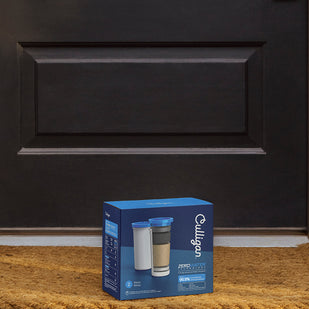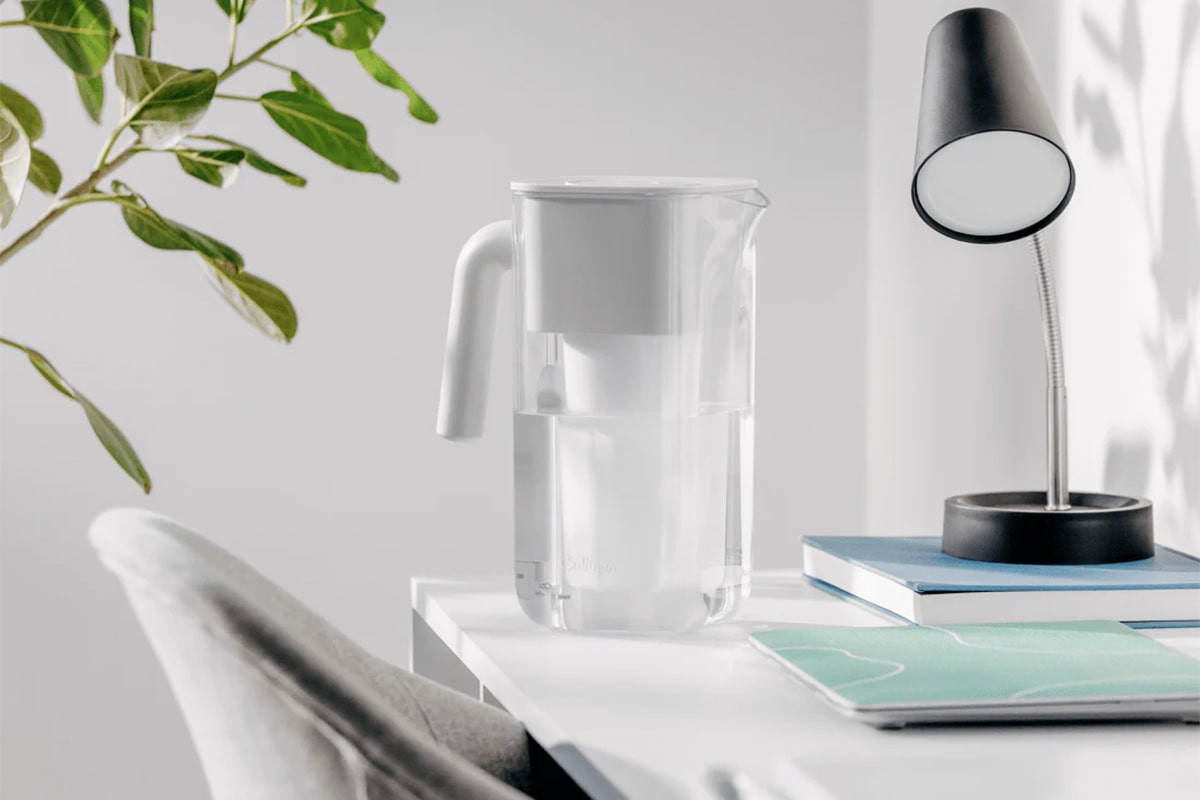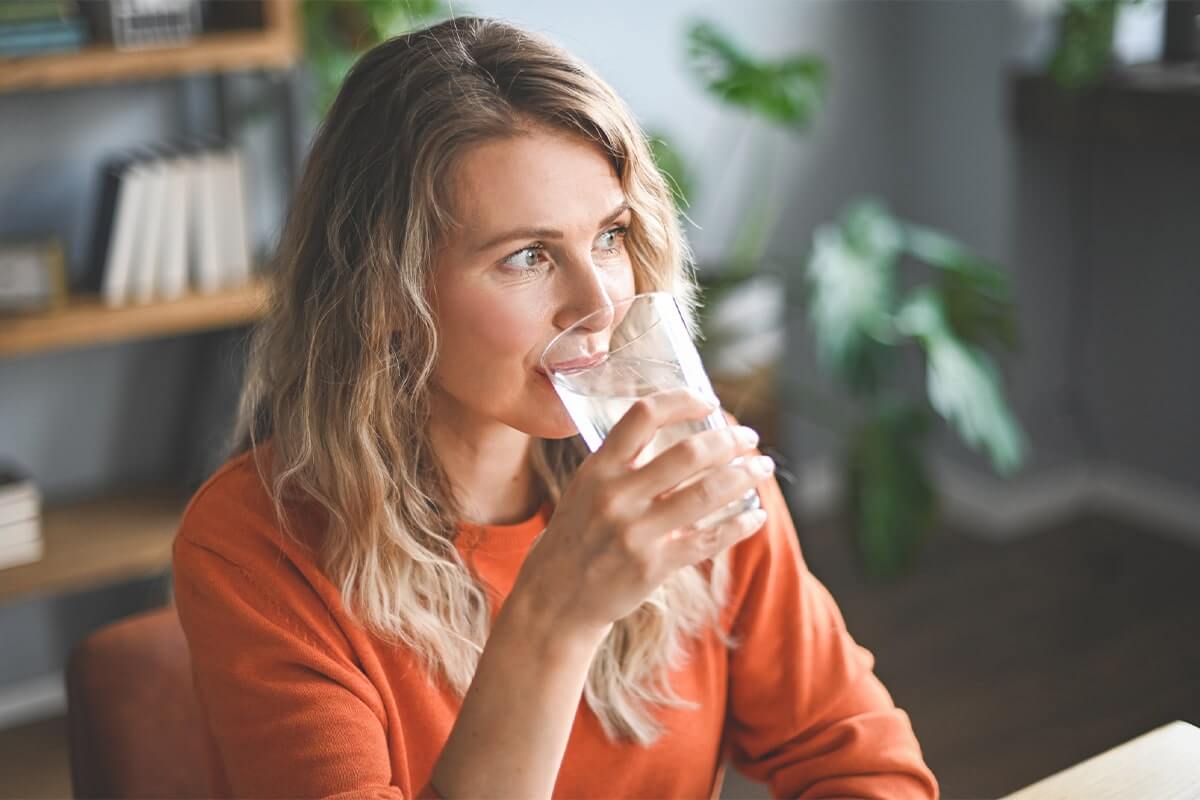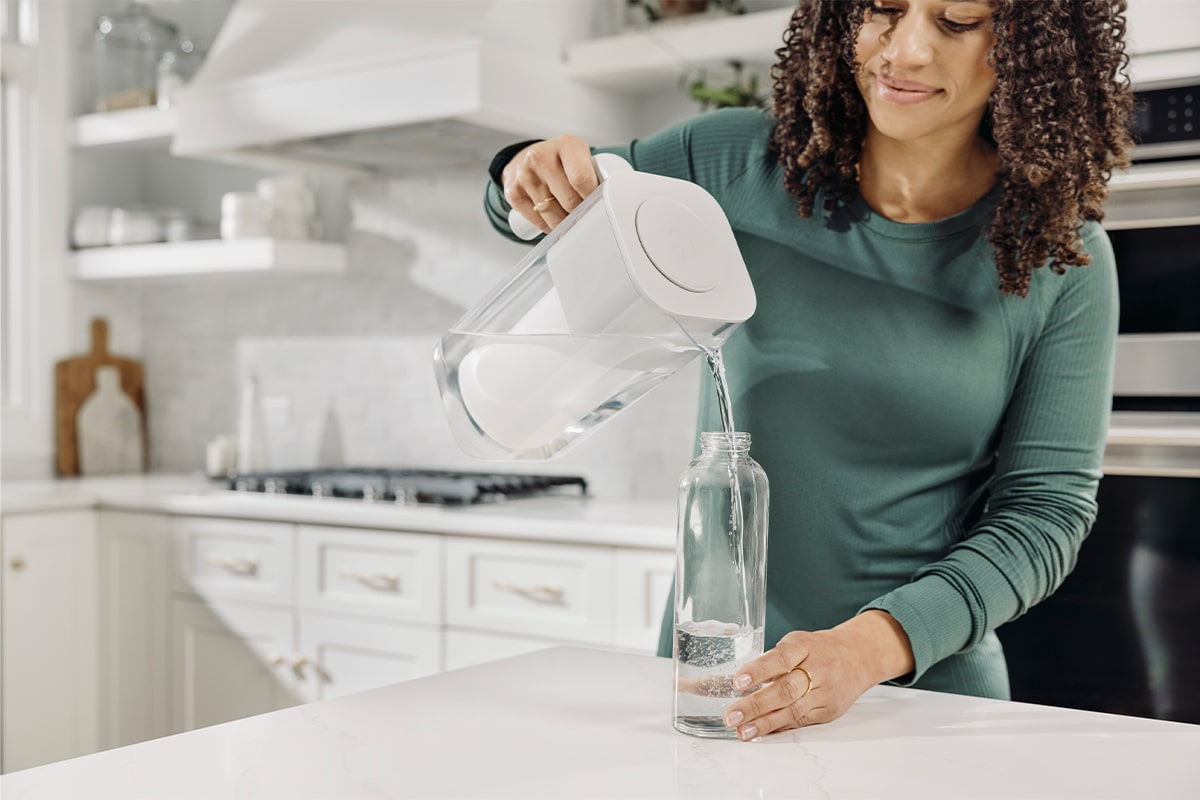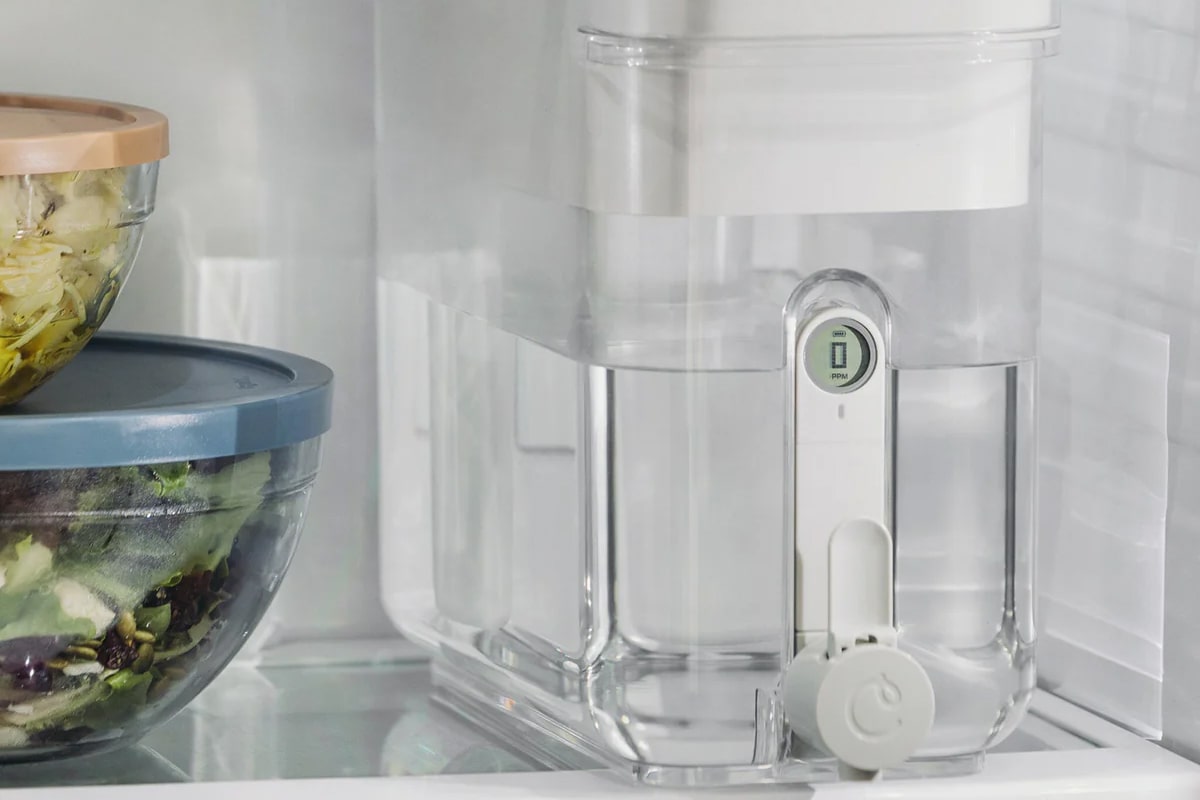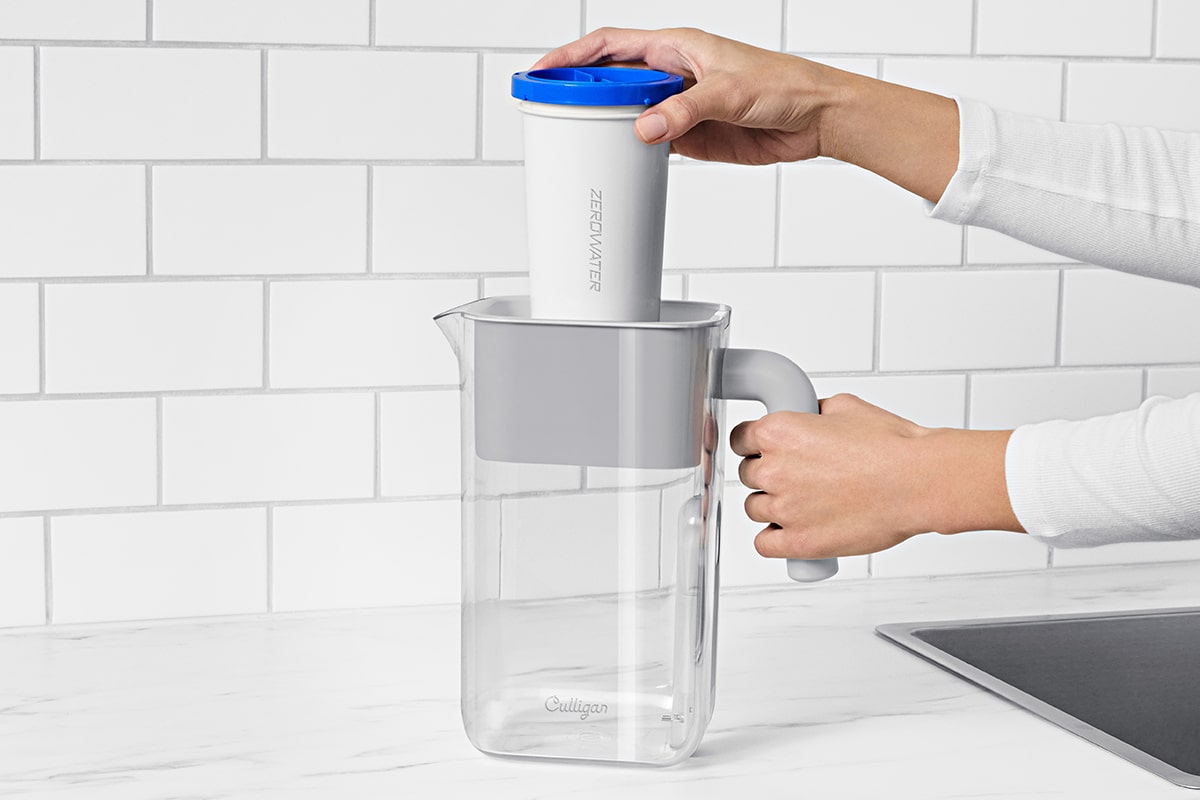From tap to glass, UK water quality standards define the legal limits for what can be present in drinking water. The Water Supply (Water Quality) Regulations 2016 set standards for safe water in the UK. Similar protocols also exist in Scotland and Northern Ireland. These regulations focus on microbiological, chemical, and aesthetic factors.
The Drinking Water Inspectorate (DWI) oversees compliance in England and Wales. It audits suppliers and releases reports. The most recent comprehensive assessment of public water supply samples spanned the years 2020 to 2022. It found that 99.98% met the regulatory standards in microbiological, chemical, and indicator areas.
This article explains how these standards work, who enforces them, and where their limits lie. It also shows how households can take extra steps, such as filtration, to gain more confidence in every glass.
Learn more about the science behind filtration on our Culligan with ZeroWater technology page.
What UK Regulations Really Mean for Your Water
The regulations define strict requirements for the quality and appearance of drinking water. They focus on three core areas that are tested thousands of times each year by water suppliers and verified by regulators:
- Microbiological Standards: These ensure water is free from harmful microorganisms. For example, Escherichia coli (E. coli) cannot be in any drinking water sample. This standard saw 99.99% compliance in England and Wales from 2020 to 2022.
- Chemical standards: Limits apply to substances like lead, nitrates, pesticides, and disinfection byproducts. Currently, there are no legal standards for newer contaminants, such as PFAS, in UK drinking water. However, the DWI advises that water companies should monitor these substances and keep levels below 0.1 micrograms per litre.
- Aesthetic Standards: These focus on how water looks, smells, and tastes. While they don’t usually relate to health risks, they ensure issues like discolouration are investigated and resolved.
Suppliers are required to legally test water from treatment plants, reservoirs, and distribution systems. The DWI reviews this data and shares compliance results every year.
Who Regulates Water Quality in the UK
The DWI regulates water quality in England and Wales. Its role is to audit water companies, review their testing data, and take enforcement action if standards are not met. In Scotland, oversight is managed by the Drinking Water Quality Regulator for Scotland (DWQR). Meanwhile, the Northern Ireland Water Commission is regulated by the Utility Regulator.
Suppliers conduct thousands of tests each year at:
- Treatment works
- Service reservoirs
- Various distribution networks
Regulators receive these results and also conduct their own investigations if any issues arise. If standards are breached, regulators can issue legally binding notices requiring corrective action.
The DWI’s 2024 report revealed that 99.9% of samples from private water supplies in England complied with regulatory standards. This marks a considerable improvement from 34.3% in 2023. On the one hand, this high level of compliance indicates strong oversight. However, it also shows that standards rely on minimum thresholds instead of erasing every trace substance.
For more resources on how UK water quality is monitored and reported, explore our blog.
Why Meeting “Safe” Standards Does Not Always Mean Pure
Water that meets UK quality standards is legally considered safe to drink. “Safe” in this context means that levels of certain substances remain below limits set by law. However, this does not mean tap water is entirely free of them. Trace amounts can still enter the supply after treatment or through older infrastructure.
Examples include:
- Lead: The DWI’s data from 2020 to 2022 shows that lead had one of the lowest compliance rates at 99.6%. Most failures stem from lead plumbing installed before modern standards were established.
- PFAS (per- and polyfluoroalkyl substances): These industrial chemicals are in some UK water sources, but only at low levels. Water companies need to maintain PFAS levels below 0.1 micrograms per litre. This is necessary because there are no statutory standards in England and Wales.
- Other trace substances: UK drinking water rules do not cover emerging contaminants. These include substances such as pharmaceutical residues. However, monitoring and research are ongoing.
These examples show that following standards doesn’t always align with what consumers expect in terms of purity. This is why many households choose additional filtration. The extra step reassures them that their drinking water is as clean and clear as possible.
How to Check Your Water Quality at Home
Consumers can do more than rely on supplier reports. There are practical ways to check the quality of your water at home and build extra confidence.
- Review official reports: Your local water supplier publishes annual quality reports. These outline compliance levels, testing results, and any incidents that may affect your area.
- Use a TDS meter: A total dissolved solids (TDS) meter provides an instant reading of the level of dissolved substances in your water. While TDS is not a health risk, high levels can affect the taste and clarity of water.
- Consider at-home test kits: Kits for lead, bacteria, or nitrates can provide more detailed insights. They are especially apt for households with older plumbing or private water supplies.
For guidance on using TDS meters and other testing tools, visit our manuals & tutorials for assistance.
Get Cleaner, Purer Water with ZeroWater Filtration
Water companies are legally required to provide safe drinking water. However, filtration at home adds another layer of reassurance. For many homes, it’s about better taste, fewer dissolved solids, and less exposure to trace contaminants that standards permit.
ZeroWater technology is designed with this in mind. Our 5-stage filtration system is certified to reduce substances like lead, chromium, total PFAS, and pesticides. It also removes 99.9% of total dissolved solids, giving you noticeably cleaner-tasting water.
Our water filter jugs & dispensers make it easy to have filtered water all day. You can use it for infant formula, hot drinks, or just to stay hydrated. Filtration enables you to move beyond compliance and enjoy greater peace of mind at home.
Stronger Standards, Smarter Choices for Your Home
UK water quality standards are among the strongest frameworks for ensuring safe drinking water in the world. They follow international guidance, which regulators enforce, and they maintain high compliance levels. These rules protect public health, but they are built on minimum thresholds, not the complete absence of trace substances.
For households that want more control, filtration offers that next step. Culligan, using ZeroWater technology, is tested and certified. It reduces harmful contaminants and dissolved solids. With us, you get cleaner water with every pour.
Cleaner water starts at zero, and with Culligan’s positive Trustpilot reviews, you can trust every glass.
